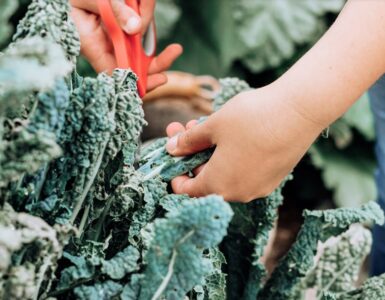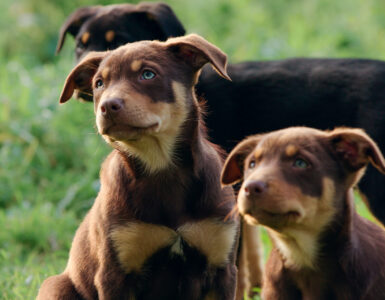As many Australians look to buy in bulk to help with the cost of living, Australian Farmers is providing some tips and tools on how to store meat.
Meat and Livestock Australia (MLA) have compiled a range of tools to help with storing beef and lamb when purchased in larger quantities.
How to freeze fresh beef & lamb
- Trim beef to ensure safe and even defrosting.
- Separate cuts into meal-size portions.
- Flatten butcher’s mince before packing, so it defrosts evenly.
- Place beef in good-quality plastic bags and wrap in foil for extra protection and to avoid freezer burn
- Remove excess air and seal securely.
- Label the bags with the cut name, weight, amount and date of packaging.
- Freeze up to the recommended storage time for your particular cut.
Recommended freezer storage times
Ideal temperature -18°C to -15°C
| Beef sausages | 1 – 2 months |
| Beef mince | 2 – 3 months |
| Beef strips | 2 – 3 months |
| Diced beef | 2 – 3 months |
| Thin steaks (minute) | 2 – 3 months |
| Steaks | 3 – 4 months |
| Roasts (boned and rolled) | 4 – 6 months |
| Roasts (bone in) | 4 – 6 months |
| Corned beef (fresh) | 4 – 6 months |
| Vacuum-packed meat (unopened) | 4 – 6 months |
| All cooked beef dishes | 1 month |
Click here for more information about storage times.
How to safely defrost beef and lamb
How to defrost raw beef in the fridge:
The best way to defrost beef is to leave it in the fridge until completely thawed. You’ll need to plan ahead, but the tender, juicy results are worth the wait!
- Remove beef from freezer and separate portions.
- Keep beef in freezer wrapping and place it on a dish.
- Store on bottom shelf of fridge until thawed and consume within the recommended fridge storage time.
Frozen fresh beef average thawing times
| Beef Cut | Thawing Time |
| Large roast | 4–7 hours per 500g |
| Small roast | 3–5 hours per 500g |
| Steaks (about 3cm thick) | About 12 hours or overnight |
How to defrost raw beef in the microwave:
Pressed for time? Defrosting beef in the microwave is a saviour when you need to speed things up.
- Remove freezer bag or wrap. This prevents your beef from sitting in ‘drip’ and stewing while defrosting.
- If freezer wrap doesn’t come off easily, wait a few minutes and try again.
- Discard any Styrofoam trays – they’re not microwave safe.
- Use the pre-programmed ‘defrost’ setting on your microwave.
- When defrosting mince, remove outer portions from the dish as they thaw, and set aside.
- If the edges of cuts feel warm, stop microwaving and allow beef to stand for a few minutes until the edges are cold again.
- Cook beef immediately after defrosting. Make sure it doesn’t stand for any length of time at room temperature or in the fridge.
Click here for more information about defrosting beef.
Click here for more information about defrosting lamb.






































Somethings I have learnt and use for freezing.
Between each piece of steak i use Go Between wrap so if you only want one piece of steak it is easy to remove. Usually!
A vacuum pump or a vacuum machine is also a sure way of removing all air from pack and the plastic that comes with the vacuum machine reduces packs sticking together in the freezer.
When placing packages in the freezer i place sheets of paper or cardboard between as this helps with the removal of packages.
Good luck and hope this helps you.